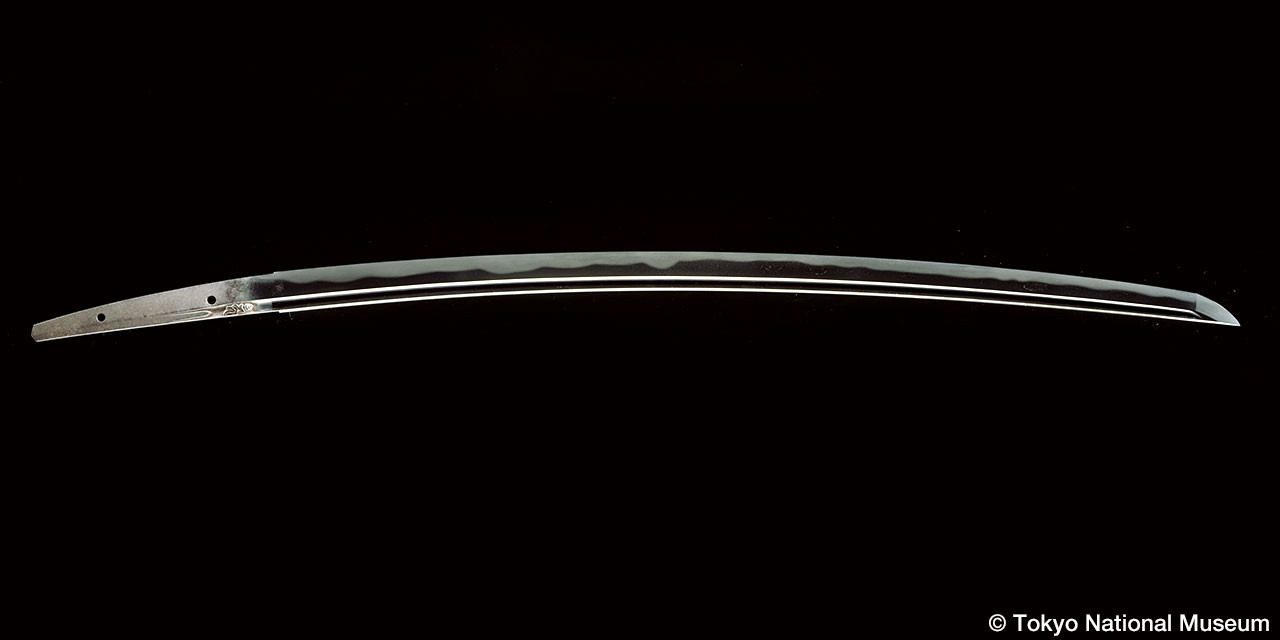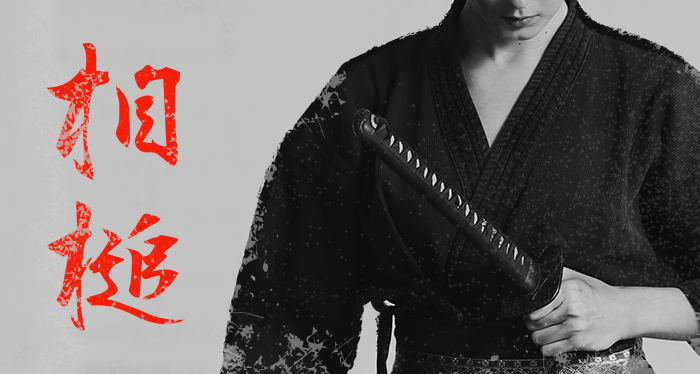
Forge Your Sword, Forge Your Soul
Long ago, a samurai warrior began a journey. He stepped outside the gate of the Temple of the Dragon at Peace. The Kyoto street was deserted.
He carried two objects, bestowed by his lord before his death. One was a sword with a simple scabbard. He slung it over his shoulder as he carefully unfolded a letter written in his lord’s distinctive calligraphy. It was stamped with an official vermillion seal.
The message was short and direct. The samurai must not unsheathe the sword until he had complied with the instructions of the letter. He was ordered to travel to a village in the distant province of Sagami and find the man named in the letter. The samurai knew the location. It was near Kamakura, where the shogun had been headquartered many years before.
Refolding the letter, the samurai knew there was no turning back. He was now a ronin, a masterless samurai. He turned to the east. He took a step, and then another. He was on his Way.
Fresh despite many days of travel, the samurai entered the village. It was daybreak. A small group of men gathered. He immediately identified the man named in the letter. He watched as the sword master offered a prayer to the Shinto deities and performed a short purification ceremony.
The master gave the signal to begin work. He set the pace and pointed with his hammer where the apprentice should strike next. Alternating between fire and water, the group worked with fixed intensity, exerting themselves to their very limit.
The samurai closed his eyes and emptied his mind. He could taste the sparks of white-hot metal scattering in the air. He could feel the sharp percussion of hammers alternating in a powerful, rhythmic cadence. This sword master was no mere artisan. He was an inspired artist, the workshop a sanctuary, and his disciples united seamlessly in common purpose.
That night the samurai joined the master joined at fireside. It was clear and cold. They shared a measure of sake and talked about the day. The master asked the samurai to unsheathe his sword. The blade gleamed in the firelight, with a surreal beauty and ferocity.
Your lord has gifted you with a magnificent sword, the master said. Masamune forged this blade for your lord’s ancestor many years ago. My teacher, who trained with the great Masamune, told me there was one sword better than all others. Now I have seen it for myself.
The samurai felt the sublime heft of the sword. It was truly magnificent. But he felt so unworthy. He thought back to the Temple of the Dragon at Peace. The world had become so uncertain. Powerful forces had destroyed all he held dear. Where could he go? What could he do?
The sword master pulled a glowing stick from the fire and drew two characters in the dirt.

What does it say?
“Aizuchi,” he replied. This is what he had experienced earlier that day. Aizuchi was the alternating rhythm and cadence of the hammers striking and shaping the white-hot metal.
The samurai had heard there was a secret to turn iron into steel, steel into a sword, and a sword into a warrior’s soul. Now he understood. It was the alternating heartbeat of shared human effort forging a creative transformation.
The master spoke. You must now venture forth and face your destiny. But remember. The most powerful sword of all is the one never drawn in anger.
Masamune forged your sword. Now you must forge your soul.
 The Kanze Masamune Sword, a designated National Treasure, on display at the Tokyo National Museum.
The Kanze Masamune Sword, a designated National Treasure, on display at the Tokyo National Museum.
Image Source: Tokyo National Museum NHK
![]()

